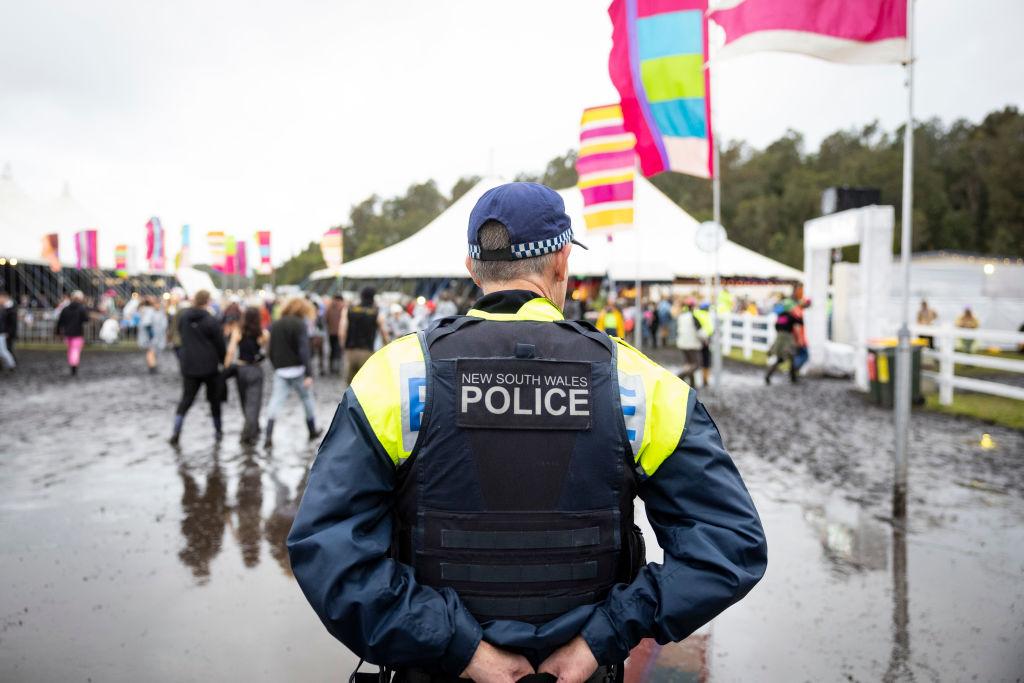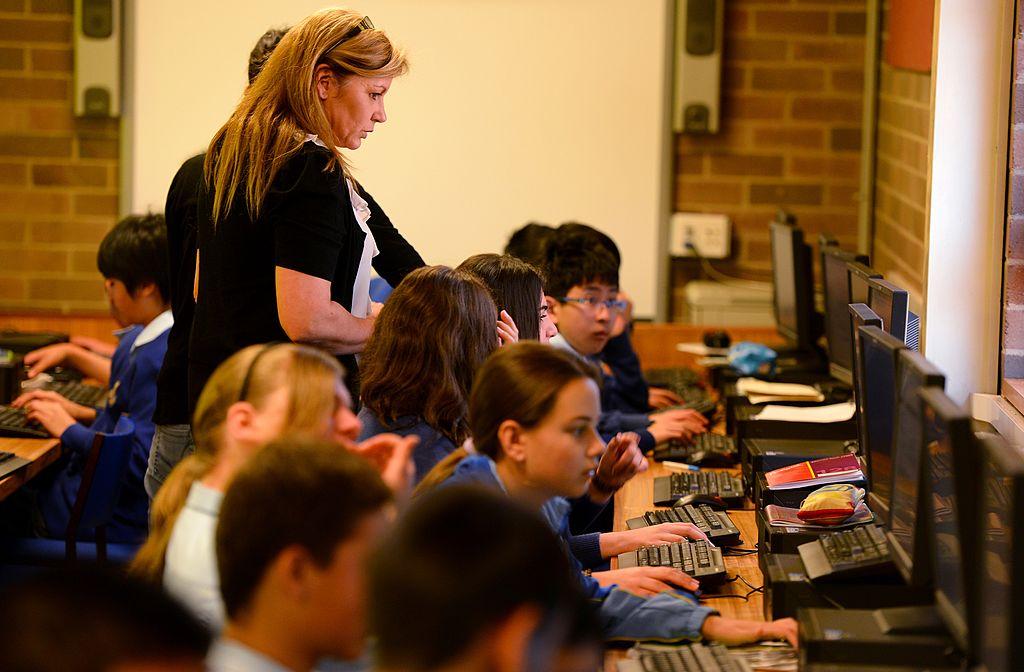A strong health campaign with the message “every vape is a hit to your health” has been launched to address the alarming rates of vaping among young people.
The campaign, developed with input from young people and medical experts, responds to vaping among people aged 16-24, which soared to 16.5 percent in 2021-2022 from 4.5 percent two years prior.





